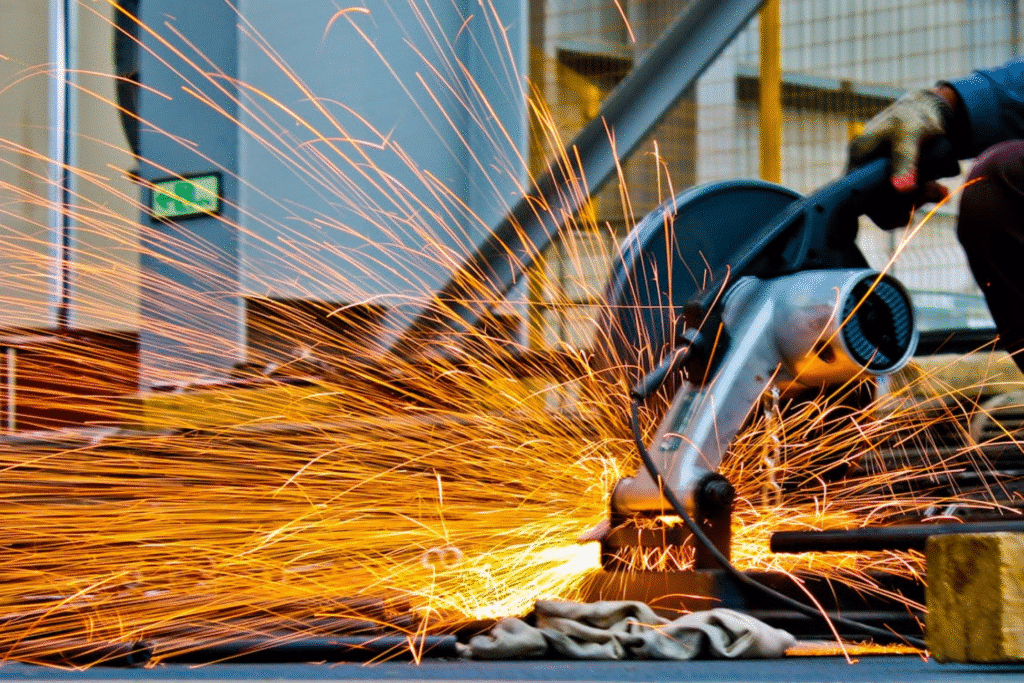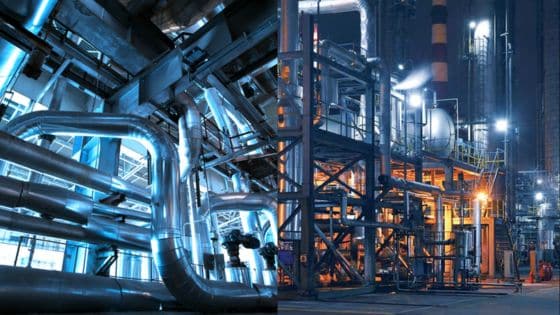
Ever walked through a production floor and wondered how something so complex manages to run at all—let alone smoothly? Between shifting labor demands, supply chain delays, and rising costs, keeping industrial operations efficient in 2025 feels less like a process and more like a survival tactic. In this blog, we will share what smarter operations really look like, and how companies are adapting on the ground—not just in theory.
More Than Machines—It Starts With Systems
In most industrial environments, problems don’t start with the equipment. They start with the systems supporting it. Machines do what they’re told. But if the inputs are late, the instructions unclear, or the workflows broken, even the most advanced machinery grinds to a halt.
Smarter operations begin with clarity. What’s happening, when, and why? Who owns each task? Where are the weak spots? These aren’t philosophical questions. They’re the baseline for whether your team can handle real-world volatility or gets crushed by it.
Post-pandemic operations taught companies that flexibility isn’t optional. It’s baked into survival now. You can’t afford to run a rigid schedule when vendors are late, weather disrupts shipping, or a parts shortage ripples down the line. Smart systems adapt. They flag issues early. They move resources quickly. They rely on visibility, not heroics.
And that visibility needs to touch every part of the floor—from procurement to maintenance to material handling. You can’t fix what you can’t see. And you definitely can’t improve what you don’t understand.

Materials Move the Work—So Handle Them Smarter
One overlooked part of industrial operations is how raw materials are stored, moved, and staged. Too often, poor handling slows everything down. Staging areas become bottlenecks. Storage turns into overflow. And containers that were supposed to protect materials end up creating problems of their own.
Which is why equipment like a vat container can have such a direct impact on output. It’s not just a storage solution—it’s a control point. In industries where temperature, contamination, or transport speed matter, having a reliable container helps ensure materials arrive at the next stage ready to work. That keeps cycles tight and waste down.
A smart container setup reduces handoffs, limits exposure, and cuts the risk of damage. It seems like a small part of the system, but in a lean operation, those “small parts” determine the rhythm of the whole process. Investing in quality handling gear means fewer surprises, faster transitions, and less time lost dealing with preventable issues.
Too many operations spend energy fixing things at the end of the line when the real improvement starts with how materials flow at the beginning. If your input system isn’t smooth, your output won’t be consistent—no matter how efficient the machines are.

Process Isn’t a Word—It’s a Muscle
Processes only matter if people follow them. But people only follow them if they make sense in real time. Too often, industrial SOPs get written once and filed forever. They look great on paper but fall apart on the floor.
Smarter operations treat processes like living systems. They evolve based on what’s happening. Not because people are lazy, but because conditions shift. What worked with a full crew might not work with a short staff. A new material might require a change in sequence. A breakdown might force a temporary reroute.
The companies that adapt best are the ones that teach people to think—not just repeat. They give teams the authority to pause a line, flag a mistake, or suggest a better path. That doesn’t mean chaos. It means engagement.
You don’t need more rules. You need better reflexes. The best process isn’t the most detailed one. It’s the one people can apply even when they’re tired, distracted, or halfway through a double shift.

People Still Run the Place, Whether You Like It or Not
Automation didn’t replace people. It changed what they do. And the places that run best are the ones that treat human input as valuable—not optional.
Yes, machines can track metrics. But workers know when something “feels off.” That hum that wasn’t there before. That slight resistance on a valve. That shift in timing between steps. You can’t automate instinct. You can only train it and trust it.
Smarter operations don’t just onboard workers. They retain them. That means building workplaces where safety isn’t just preached, but enforced. Where feedback isn’t ignored. Where training goes beyond compliance and into real skill-building.
In an era where labor shortages still plague manufacturing, retention is strategy. You don’t win by burning through people. You win by building teams who know the work, trust each other, and care enough to prevent mistakes before they snowball.
The smartest ops managers know that fixing culture often fixes performance. Not in a fluffy, motivational way. But in a very real, dollar-saving, downtime-reducing way.
The Future Is Adaptive, Not Just Automated
Industrial operations don’t need to be futuristic. They need to be flexible. The companies that last won’t be the ones with the fanciest machines. They’ll be the ones that can pivot quickly when something changes.
Maybe it’s a supplier issue. Maybe it’s a weather event. Maybe it’s a regulation that just passed. Smarter operations aren’t caught flat-footed because they’re designed to shift.
That doesn’t mean having a plan for everything. It means building systems where change doesn’t destroy momentum. Where materials can move. Where people know how to adjust. Where decisions happen close to the work—not just at the top.
Smart means agile. It means listening. It means knowing that perfect days are rare and having the tools to make good days happen anyway.
In the end, operations aren’t about machines. They’re about choices. Every piece of equipment, every role, every process is a choice about how you want the work to run. Choose systems that see problems early. Choose people who solve them fast. And choose tools that don’t get in the way.
That’s what makes operations smart—not complexity, but clarity. Not scale, but rhythm. Not control, but responsiveness. And that’s what keeps production moving—even when the world doesn’t.
- 3shares
- Facebook0
- Pinterest0
- Twitter3
- Reddit0













